When do grapes ripen? If you’re in North America or northern Europe the answer tends to be around September.
When I was a boy I walked four miles to school. Classes resumed the first Tuesday after Labor Day. And within a few weeks I would be raiding Concord Grape vines while walking home (Vitis labrusca.) And about the same time or slightly later by a week or two apples were ripe, these in particular McIntosh. When I moved to Florida decades ago I noticed the grapes ripened around September, a different species though, Vitis munsoniana, but about the same time. Not bad considering the 1,200 mile difference and that one grape is cultivated and the other wild. This year it’s been different.
In Gainesville 10 days ago — late July — we found some ripe grapes and this past weekend we found ripe grapes in Melbourne, 200 miles to the southeast. The Gainesville grapes are probably feral cultivated grapes and the Melbourne grapes are wild natives. But they are both ripe and ripening now. The last time I collected grapes in mass were in late September. So we have a wide latitude in ripening times and if you are interesting in foraging for grapes you should be looking now.
The grapes in Gainesville were larger than usual, and not as acidic as usual. This suggests to me they are cultivars that were developed many decades ago. Growing nearby were bamboo and a cultivated Bromelia called Wild Pineapple. I almost always find those three species together where there used to be a resort or a hotel. That we were on the Hawthorne Trail that was a railroad line is enlightening. We were also about a half a mile from a local spring so there is a good chance there was a resort there at one time. I see the same combination of plants in Cassadaga where there was a resort near a spring.
As alluded to above Concord Grapes are not wild. They were bred from wild fox grapes by one Ephraim Bull starting in 1840. He crossed some 22,000 individual plants developing the Concord Grape. It won the 1853 Massachusetts Horticultural Society Exhibition. In 1869 a dentist and staunch Methodist, Dr. Thomas Welch, in Vineland New Jersey, was looking for a non-alcoholic beverage to be used in church services. He figured out a way to make pasteurized grape juice and called it Dr. Welch’s Unfermented Wine and Dr. Welch’s Church Wine. We call it Welch’s Grape Juice. Concord Grape juice, with a lot of sugar added, is also the basis for almost all “kosher” wine now drank in America. Ironically Ephraim Bull was anti-semitic and developed the Concord Grape in part to oppose what he thought was Semitic influences over European wines.
While on the topic of ripening, the vile-tasting saw palmetto berries will be ripe soon. In fact, if you scrounge around bushes of green berries now you can find an odd ripe one. They were described in 1692 as tasting like rotten cheese soaked in tobacco juice. Time has not improved their flavor. However, they are nutritious and medicinal. In fact, once green they can be used medicinally so the poaching will be begin soon. Saw Palmetto berries are a $70 million plus business in Florida and there’s no shortage of folks willing to steal them to sell. If you want to try a ripe one they will be black in a few weeks. Have some other strong flavored food you can eat immediately afterwards if you (probably) don’t like the taste. To read more about the saw palmetto go here.
The Yellow Anise, Illicium parviflorum, is my mystery plant, well, one of my many mystery plants. We saw it fruiting this past weekend in Melbourne. I know the fruit/seeds are toxic, or reportedly so. The leaves are also extremely fragrant and supposedly toxic but… Some 20 years ago Forager Emeritus Dick Deuerling told me the leaves could be seeped to make a nice tea. I never tried it. Then around four years ago I called him up to ask him about the shrub because everything I read said TOXIC. He was 92 at the time and said he couldn’t remember. A botanical maverick, G. M. Hocking, in 1997, wrote the bark is a source of anise oil and the roots are used like sassafras. I’ve never tried said. The species might be toxic or it might be useable. I have no idea. As I said it is one of my mystery plants. The other Florida anise, I. floridanum, is toxic as is the Japanese star anise, I. anisatum. They both have the toxin anisatin. The Yellow Anise mentioned above, I. parviflorum, does not have anisatin per se but it has similar chemicals and no one really knows what they can do, or don’t do. The anise we use in cooking is I. vera. It is also the source of medication Tamiflu.
It was, oddly, a question I had not heard: Are the unripe green fruit of the maypop edible raw? It was a niche question. The green fruit cooked is edible, and I have eaten the pulp and seeds of the green maypops (and of course the ripe ones.) But I had never eaten the green outer portion of the fruit raw. As the entire plant is edible dried there was probably no harm in trying so as two students had already done. There were no reports of any reaction and they tasted good. The ripe, yellow maypops are edible raw but after several the outer flesh burns the mouth a little. The flesh and seeds of the ripe maypops are sweet and sour and very tasty. I put them in water bottles. To read more about maypops go here.
While out riding my Catrike I saw a huge mushroom, actually several of them. They had pores on the bottom side of the cap instead of gills. This puts them in the Bolete or Boletus group. There are no deadly boletes or any that cause lasting organ damage. While many are edible many can also make you sick gastro-intestionally. The thinking at the moment is that the mushroom to the right is Boletus queletii aka Suillellus queletii. It is also called the Deceiving Bolete and is listed as edible. I’m not sure that is the right species but it was not bitter-tasting. (No, I did not eat it.) While identification is one issue another is that it was growing under a Cherry Laurel which is deadly. So I took some photos but no mushrooms.
Upcoming foraging classes. Note I will be traveling in mid-August so there will be no local classes or newsletter.
Saturday, August 8th, Bayshore Live Oak Park, 23000 Bayshore Rd., Port Charlotte, FL 33980, 9 a.m.
Saturday, August 29th, Mead Garden: 1500 S. Denning Dr., Winter Park, FL 32789, 9 a.m.
Saturday, September 5th, Colby-Alderman Park: 1099 Massachusetts Street, Cassadaga. Fla. 32706, 9 a.m.
To learn more about foraging classes go here.
Need to identify a plant? Looking for a foraging reference? Maybe you have a UFO, an Unidentified Flowering Object, you want identified. On the Green Deane Forum we — including Green Deane — chat about foraging all year. And it’s not just about warm-weather plants or just North American flora. Many nations share common weeds so there’s a lot to talk about. There’s also more than weeds. The reference section has information for foraging around the world. There are articles on food preservation, and forgotten skills from making bows to fermenting food. There was a recent link to the newest list of edible insects. Recent topics include: Name This Bark. Wood Potato? Canadian Horseweed. Fried Greens? Fuzzy Ganoderma? Shaggy Top But…? Red Maple? Harvested Honey. A Few Texas UFO’s. Weed on Long Island. Fern? Hello From Cypress Texas. My Chaya. Elderberry Blossoms. Edible Insect PDF. Eggs in the Hopper. Holes in Blackberry Leaves. Removing Urushiol (Poison Ivy.) Great Ragweed, Another NJ Tree, Tree South NJ, and Pawpaws Almost Ripe. You can join the forum by clicking on the button on the upper right hand side of this page.
This is newsletter 172.

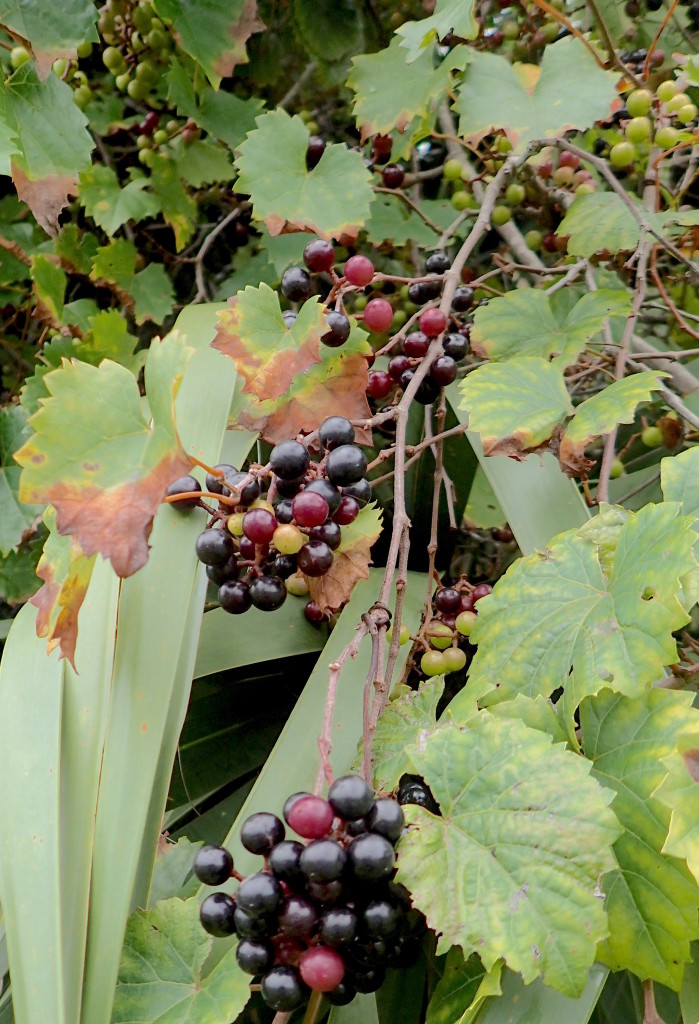
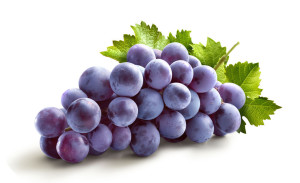
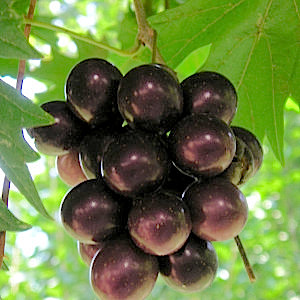
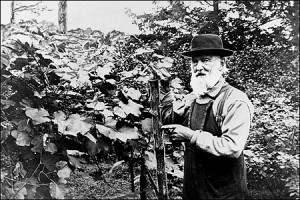
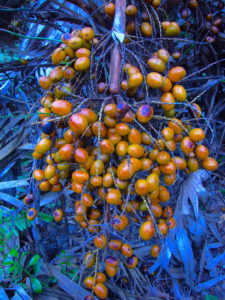
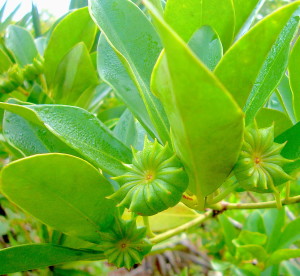
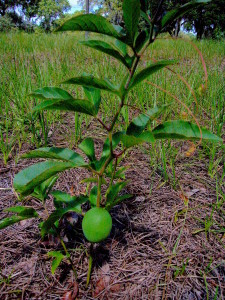
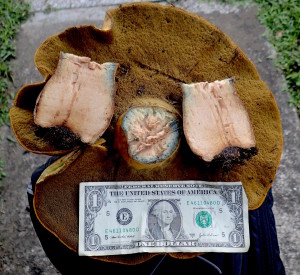

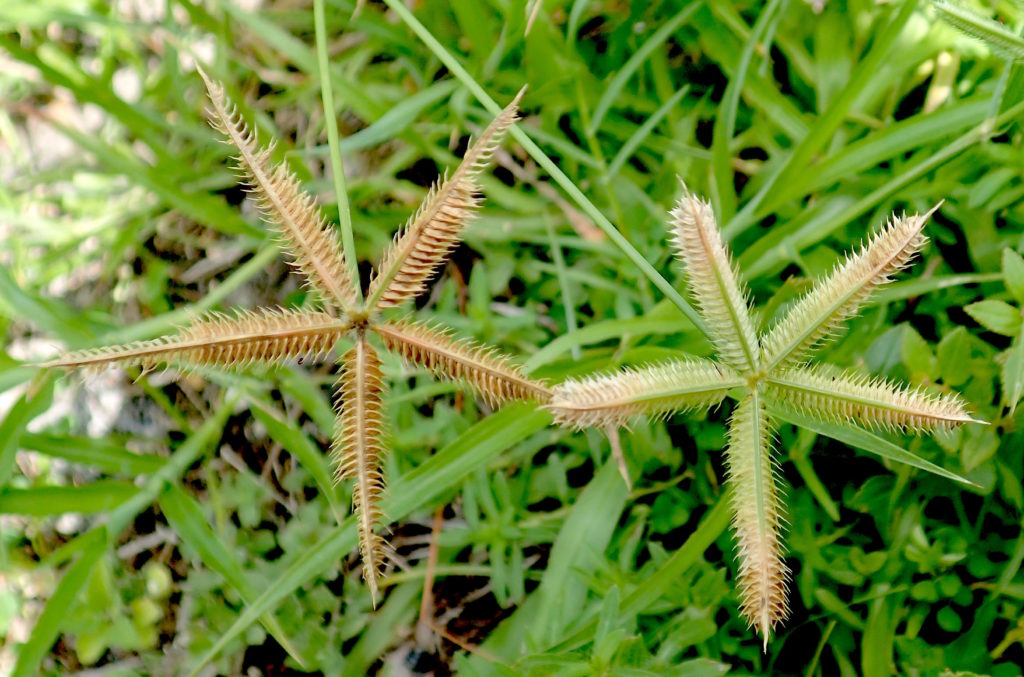

Deane,
I have an update to the Illicium story. It involves correspondence letters between several 18th century botanists/explorers and several cases of taxonomic changes over the centuries. Short story, there’s evidence that your memory regarding Dick Deuerling’s statement may well be based in the pre-colonial ethnobotany of indigenous tribes in Florida. I’ll need to post about this in more detail on the forum at some point.
Something else to consider is that the chemistry of seeds is often different in varying degrees from that of the leaves or bark of the same species. I’m not currently aware of any studies examining them separately in Florida Illicium spp., but I haven’t looked either.
My Grandfather on my father’s side was a sawyer and owned several lumber mills around Trenton and Cedar Keys near the mouth of the Suwannee River. In the nineteen teens and twenties he owned a mill at Rosewood, just to the east of Cedar keys, where he cut and milled the aromatic red cedar of the area for the two pencil factories located on Atseata Otie Key located near the town of Cedar Key. As the cedar was cut out, the pencil factories disappeared. There was another factory on Atceata Otie Key that processed palmetto berries into a tonic that was sold all over the world. The factory ran through the early 1900’s up until the 1950’s when other medicines were flooding the market. At that time the only two larger and more lucrative enterprises than saw palmetto tonic in Florida was the forest products and naval stores industries. Today the only trace left to show that there was ever any industry on the island is some old pilons off the west end of the island.
I have experimented with recipes for making my own tonic, but the only one I have come up with that has any medicinal affect is steeping and simmering the berries in grain alcohol or moonshine for many hours and letting it steep for months in a crock before bottling. The tonic makes me feel good. I am 63 and so far have suffored no prostate problems, which I attribute to my regular use of the tonic. It seems to also clense other internal organs and blood as well. If I quit taking the tonic I begin to feel lousy and lathargic. By the way, by simmering tonic for so long a time most of the alcohol seems to evaporate leaving the tonic about the strength of strong wine. I must say that the tonic is an acquired taste, best taken with your head held back while holding your nose and swallowing the whole dose with a good back up chaser of something you like.
I now recon why we have fresh grapes – imported – for a limited period and for the rest of the year we are sold preservative – stored grapes as tested by our taste. I suppose the same is applicable to many other fruits.
Dr. Welch’s wine reminds me – to my astonishment a long time ago – of the “Beer” of Saudi Arabia. Absolutely, it is impossible to find the beverage anywhere in there and no doubt not in Holy Mecca; therefore it is only the “name” and so drink what you can as far as there is no trace of alcohol.
I like your suggestion to “have some other strong flavoured food one can eat immediately if one (probably) doesn’t like the taste”. There are many examples like the taste of cheese soaked in tobacco juice. Personally, I resort to Anise, clover or coco flavour as in hot beverages or tea. Star Anise – “Yunsoon Nugmi” in Arabic – is very popular among Sudanese as well as Egyptian families. We’ve used it and we are still using it as a fast remedy for stomach ache especially for infants at controlled dosages. It also helps in lactation in case of mothers during breast feeding. Worth mentioning, research has shown that Star Anise powder and its ethanol/water (80:20) soluble fraction showed strong antioxygenic activity in refined sunflower oil.
My grapes are ripening now as well, but usually they aren’t ready till mid-late September. The plums, apricot and blackberries also dropped about 6 weeks early. I got a Mulberry tree last year and I’m not sure when they’re supposed to drop, but it’s already halfway through it’s fruiting.
I’m thinking climate change is sneaking in here. Last year everything dropped about 4 weeks early. 6 weeks for my trees is crazy!
Yep, the the grandkids and I just picked a boatload of grapes here (near Ft Myers) Were were out riding (I have a recumbent trike also) and was really surprised to see them ready so early! It’s been a strange year…my loquats and the Surinam cherries have been fruiting in flushes since spring, which is very unusual! Not complaining, I could become spoiled though.